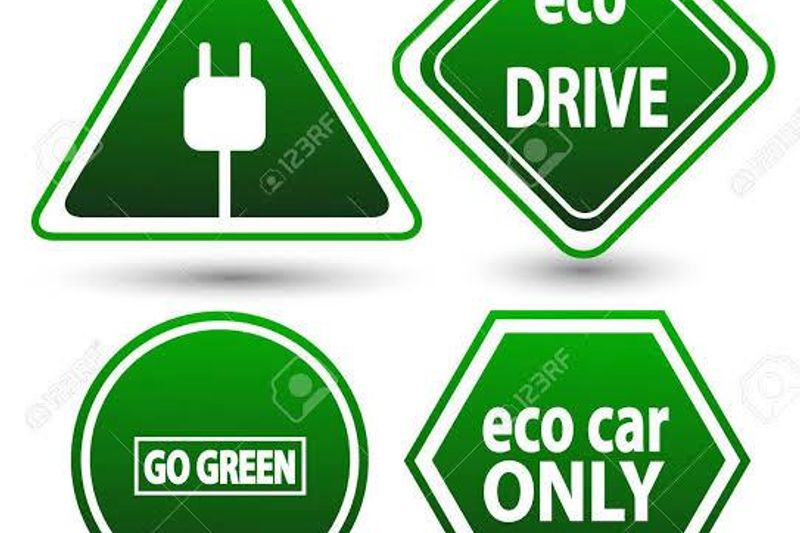Traffic signs serve as crucial navigational aids, ensuring road safety and efficiency. As we sit in traffic, thinking of life's intricacies, we seldom consider the environmental impact of these signals that exist everywhere.
However, in an era where sustainability is paramount, the need for eco-friendly traffic signs has become increasingly evident. With a global shift towards greener practices in all phases of life, from energy consumption to waste management, it's imperative to extend this ethics to our transportation infrastructure.
Finding a balance between keeping things safe and protecting the environment is really hard. To make this happen we need to put forward new ideas and really commit to making things better for our earth, while still making sure everything works well.
That's why it's so important to look into making traffic signs that are good for the environment. It's a big step toward making our future safer and greener.
The Need for Eco-Friendly Traffic Signs
The environmental impact of traditional traffic signs
Conventional traffic signs, typically crafted from materials like metal, plastic, or wood, leave a considerable ecological footprint.
Their manufacturing process involves resource consumption, energy usage, and often results in the release of harmful pollutants into the air. Additionally, disposing of old or damaged signs adds to landfill waste and accelerates environmental harm.
The necessity for more sustainable alternatives
Given these environmental concerns, there's a growing urgency to explore greener alternatives to traditional traffic signs.
Sustainable traffic signs, constructed from recycled materials like aluminum or repurposed wood, present a viable solution. These eco-friendly signs not only lessen the need for new raw materials but also reduce waste and carbon emissions associated with their production and disposal.
Moreover, integrating eco-friendly materials into traffic sign fabrication supports broader sustainability objectives, fostering responsible consumption and environmental protection.
Prioritizing the adoption of sustainable traffic signs enables communities to play a part in combating climate change and safeguarding natural resources for future generations.
Balancing Sustainability and Safety Standards
Balancing sustainability with safety standards is paramount in modern infrastructure development, particularly concerning traffic signs.
Exploring eco-friendly materials like recycled plastics and solar-powered LEDs not only reduces environmental impact but also lowers energy consumption. However, ensuring these materials meet safety regulations is crucial.
To address safety concerns, rigorous testing and adherence to regulatory standards are necessary. Materials must withstand weather conditions and provide clear visibility for drivers, pedestrians, and cyclists alike. Durability is key to maintaining safety over time, as traffic signs are exposed to harsh elements daily.
Emphasizing durability and visibility in eco-friendly options underscores their viability in sustainable infrastructure. By striking a balance between sustainability and safety, we can create a safer, more environmentally conscious transportation system for future generations.
Furthermore, ongoing research and development play a crucial role in driving these advancements forward, ensuring that traffic sign technology remains at the forefront of innovation.
As cities continue to evolve, the integration of eco-friendly traffic signs not only enhances safety but also contributes to a greener, more sustainable future.
In the buzzing city of Abu Dhabi, where traffic management is crucial, one sign company stands out for its commitment to sustainability and eco-friendliness. Access Ads, a leading sign company in the region, has gained prominence for its innovative approach to traffic signage while prioritizing environmental conservation.
Our mission is to provide sustainable, eco-friendly traffic signs that contribute to a safer, greener, and more sustainable city for all.

